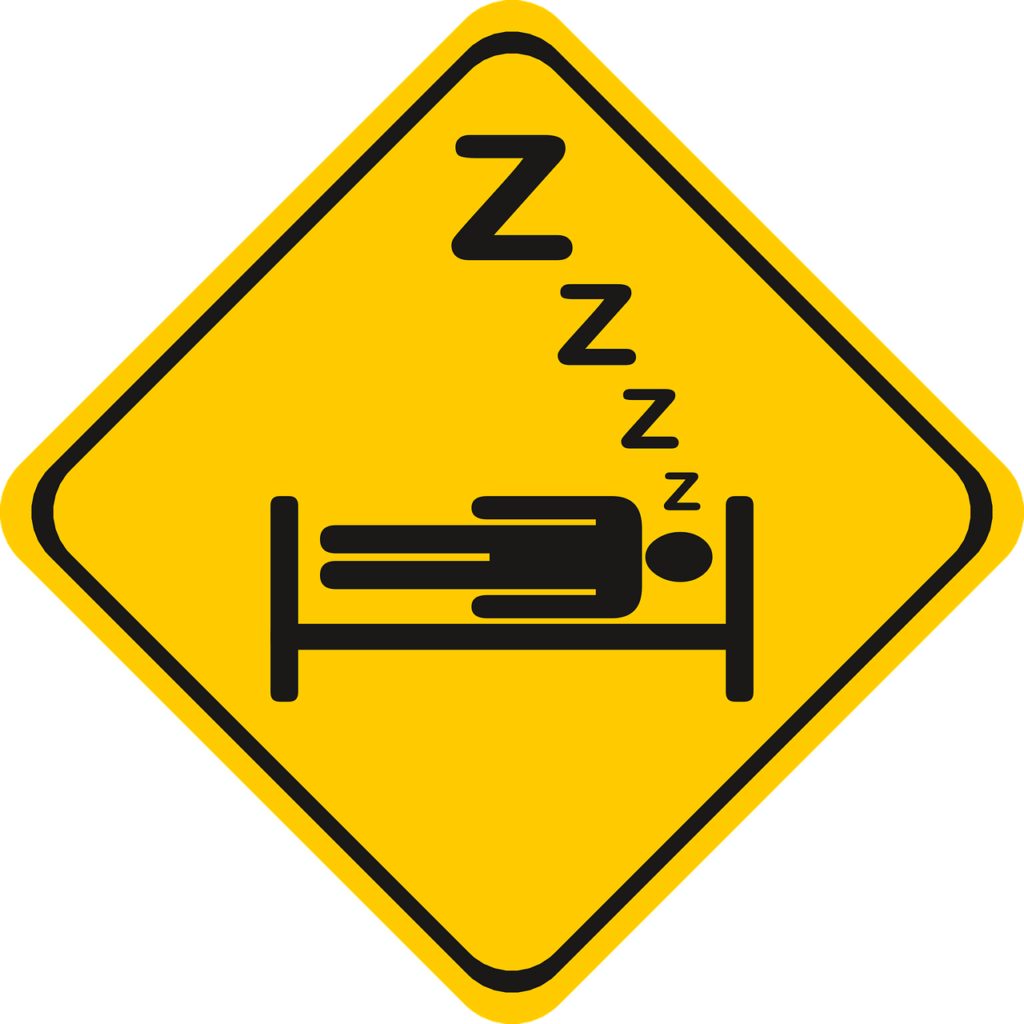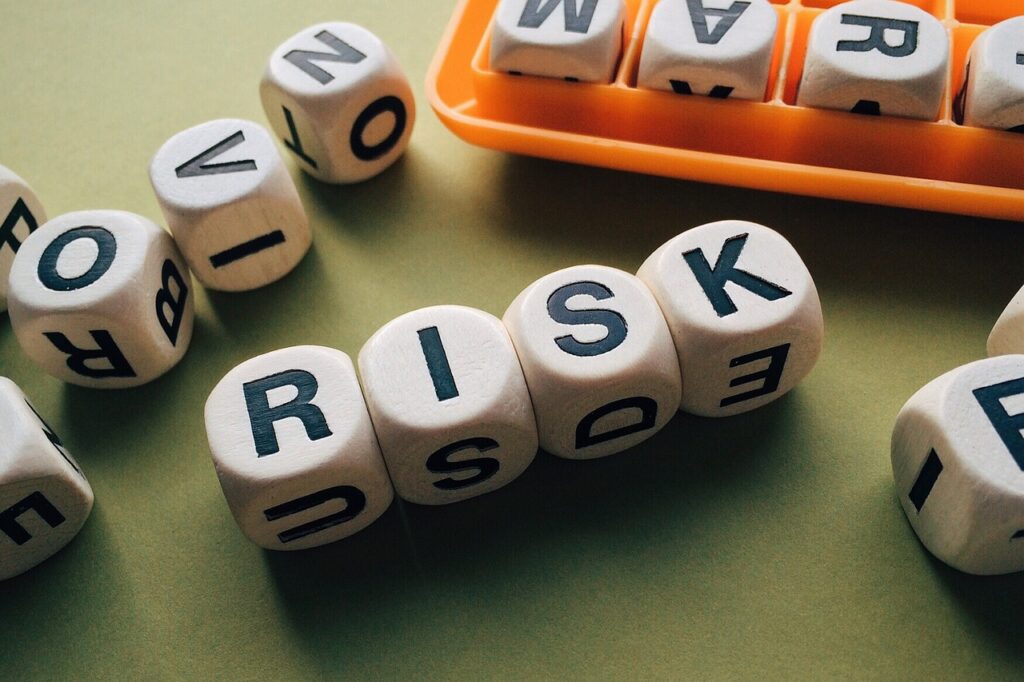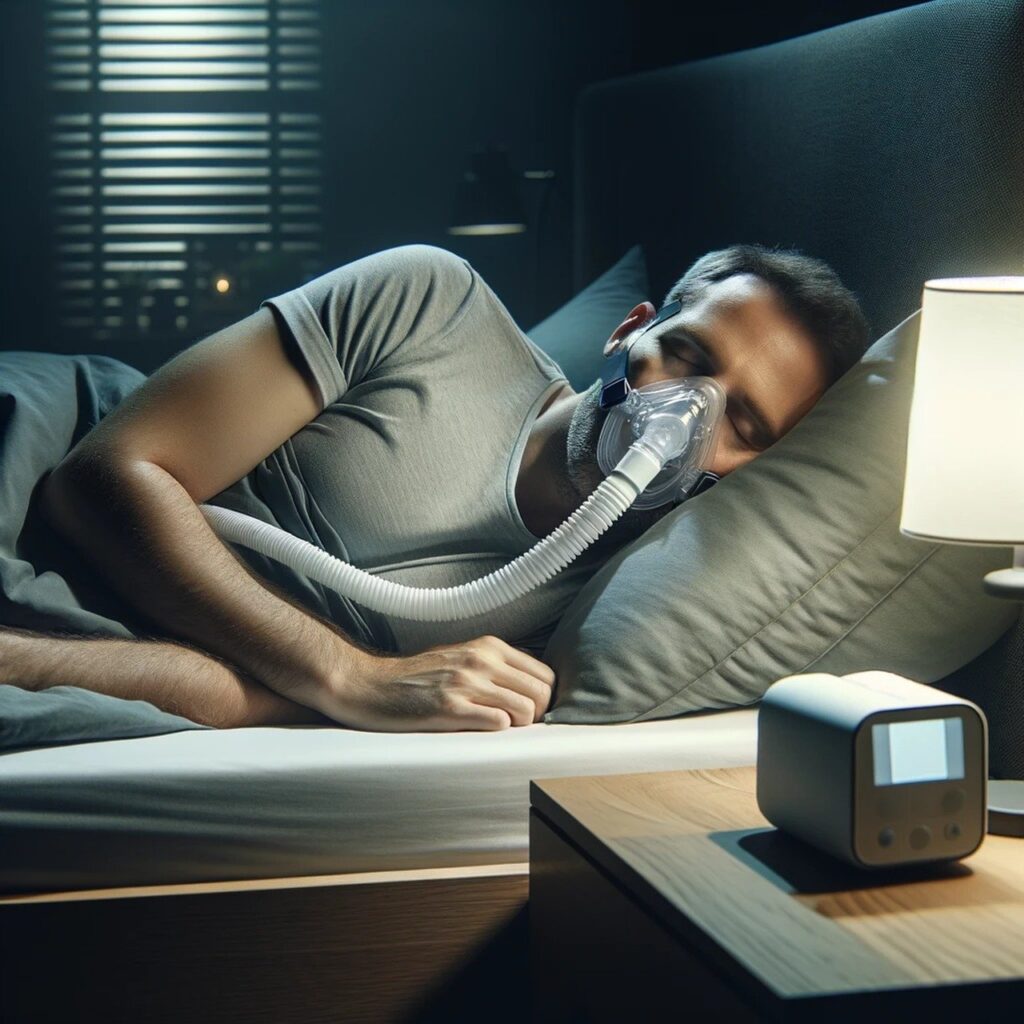
What Is Sleep Apnea and Oxygen Levels?
Sleep Apnea and Oxygen Levels. Obstructive sleep apnea occurs when your throat muscles relax and block your airway during sleep. When this happens, breathing can stop for anywhere from 10 seconds to over a minute in some cases.
People with OSA experience frequent, repeated pauses in breathing during sleep. Consequently, some experience hundreds of these in a night. And, while the person may be completely unaware of these gaps, their partner will often notice and become alarmed.
Less Air = Low Blood Oxygen
During these breathing gaps, people receive less air, which affects blood oxygen levels (or blood oxygen saturation). If you are getting enough oxygen during the day, your blood oxygen level will generally be between 95% and 100%. An underlying illness, such as COVID-19, can lower daytime blood oxygen levels.
Centers for Disease Control and Prevention. Coronavirus disease 2019 (COVID-19). During sleep. your breathing rate slows, so 90% is considered normal. With obstructive sleep apnea, repeated gaps in breathing cause blood oxygen levels to drop by 3% or more, leading to oxygen desaturation. While these levels will generally return to normal once regular breathing starts again, frequent breathing gaps can pose serious health concerns. This is why OSA is something you can’t ignore.
Oxygen levels during sleep
Normal: 90% and above
Abnormal: 80%—89%
Severely abnormal: Below 80%
Other Causes of Low Oxygen During Sleep
Other types of breathing and circulation issues can also cause oxygen levels to fall during sleep. These include chronic obstructive pulmonary disease (COPD), heart failure and valve diseases, neuromuscular conditions that affect breathing, and even obesity.
Symptoms of Sleep Apnea

Obstructive sleep apnea is often recognized by a person’s sleep partner, but what happens if you sleep alone? One of the telltale signs is feeling sleepy the next day even if you have had a full night’s rest.
Depending on the severity of the condition, other symptoms may occur, including:
- Loud snoring, snorting, gasping, or choking during sleep
- Night sweats
- Nocturia (nighttime urination)
- Nighttime acid reflux
- Dry mouth when awakening
- Insomnia
- Headaches
- Irritability
- Memory problems
- Depression
- Low sex drive
- Weight gain
Risk Factors
Sleep Apnea and Oxygen Levels. You should also suspect OSA if you have risk factors for the disorder. People of any age, sex, or weight can have OSA, but it is much more common in people who are assigned male at birth, are over the age of 50, and are obese.
Other risk factors for OSA include:
- Smoking cigarettes
- Sleeping on your back
- Regularly using alcohol or sedatives (medications for sleep and anxiety)
- Having enlarged tonsils or adenoids
- Having hypothyroidism (underactive thyroid gland)
- Having had a stroke
- Having certain head and face features contributing to narrow upper airway
- Having a neck circumference of 17 inches or more for a male or 16 inches or more for a female
Diagnosis
Sleep Apnea and Oxygen Levels. If a healthcare provider suspects you may have obstructive sleep apnea, they may refer you to a specialist called a somnologist, or sleep doctor. This doctor will estimate your risk of OSA taking into account several factors, such as:
- How much you snore
- How tired you are during the day
- Whether anyone has observed you stop breathing during sleep
- Whether you have high blood pressure
- If you have a higher body mass index (BMI)
- If you’re older than 50
- If you have a larger neck circumference
- If you were assigned male at birth
If the doctor suspects you have OSA, they may recommend an overnight sleep study, also known as level 1 polysomnography, or a home sleep test. Considered the gold standard for the diagnosis of OSA, the test involves connecting you to sensors that monitor your temperature, heart rate, brain waves, breathing rate and depth, nasal and mouth airflow, and body movements during sleep.2
Pulse Oximeter
It will also measure your blood oxygen levels through a pulse oximeter, a device that is clamped to your finger.7
The severity of OSA is measured based not only on blood oxygen levels but also how frequently and how long breathing stops, and how much airflow is reduced. Breathing gaps of longer than 10 seconds with airflow reductions of 30% or more are considered problematic.2
If there are five to 15 of these events per hour, it is considered mild OSA; 15 to 29 of these events per hour is classified as moderate OSA. If 30 or more, the condition is classified as severe OSA.
Treatment
Sleep Apnea and Oxygen Levels. The treatment of obstructive sleep apnea varies depending on how severe the condition is.
In general, continuous positive air pressure (CPAP) therapy is the most effective treatment for adults. It involves wearing a device at night that delivers pressurized room air through a mask.
People whose sleep apnea is worse when they lay on their backs may be treated with a positioning device to keep them on their sides.
If allergies are affecting breathing, nasal steroids can help. While losing weight likely won’t cure OSA, it can improve symptoms.
The following surgeries may be recommended to create more space in the pharynx:
- Tonsillectomy or adenoidectomy, is surgery to remove the tonsils and/or adenoids
- Uvulopalatopharyngoplasty, the surgical removal of the fleshy part of the soft palate
- Maxillomandibular advancement, which moves the upper jaws forward
Treating OSA will result in a higher blood oxygen level while sleeping. If left untreated, OSA can do more than cause daytime sleepiness and irritability. Over time, it can increase the risk of high blood pressure, coronary artery disease (CAD), atrial fibrillation, and type 2 diabetes. This is why the treatment of OSA is so important, especially when it is moderate to severe.
Anti Snoring Devices
Sleep Apnea and Oxygen Levels. Many people (and their partners) lose sleep due to chronic snoring. Snoring normally occurs when your tongue and tissues in your mouth and throat become too relaxed. The air passing through creates vibrations in the tissue, producing the telltale snoring sound. Snoring can be highly disruptive and may also indicate serious medical conditions.
Snorers often find relief using mouthpieces designed to reduce snoring. These devices, also called mouthguards, fall into two general categories. Mandibular advancement devices, or MADs, fit inside the mouth and push the lower jaw forward to open up your airway. Tongue-retaining devices (TRDs) grip the tongue and prevent it from falling into the back of the throat, which commonly causes snoring for back sleepers. Consequently, you can find these and many other types that claim to be effective at stopping snoring. However, it will be a test to see if you decide on a system, there are no guarantees.
DONATE
Pensioner Fitness Awards
THE BUSINESS CONCEPT, BEST IN BUSINESS AWARDS 2023
1. MOST INSPIRING SENIOR WELLNESS WEBSITE 2023
THE GLOBAL HEALTH AND PHARMA, FITNESS AND NUTRITION AWARDS 2023
2. BEST SENIOR FITNESS AND NUTRITION SPECIALIST 2023
MIDDLE EAST AND AFRICA BUSINESS AWARDS 2023
3. MOST INCLUSIVE FITNESS PROVIDER 2023
In Conclusion
Obstructive sleep Apnea is a very serious condition, that needs a proper medical diagnosis, aligned with this is low oxygen levels during sleep, which is also very serious. If you or a partner have worries about this you need to speak to your doctor.
Important Note *
Remember that everyone is different, it is ultimately YOUR RESPONSIBILITY to find what your body responds to. So please do your due diligence before trying anything new, including getting Medical Advice to ensure your safety and peace of mind.
Connect with me and leave a comment or two on my social media…



